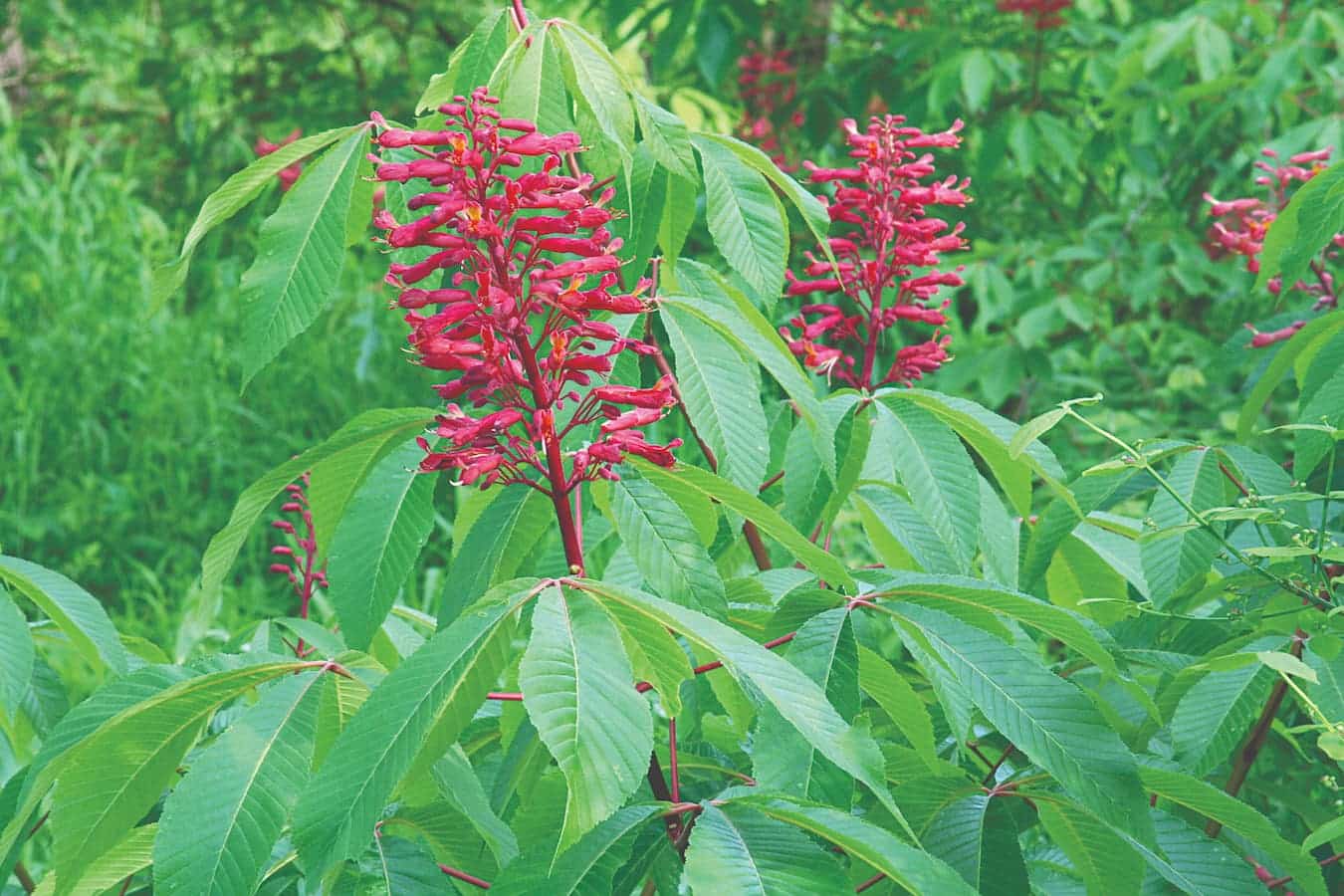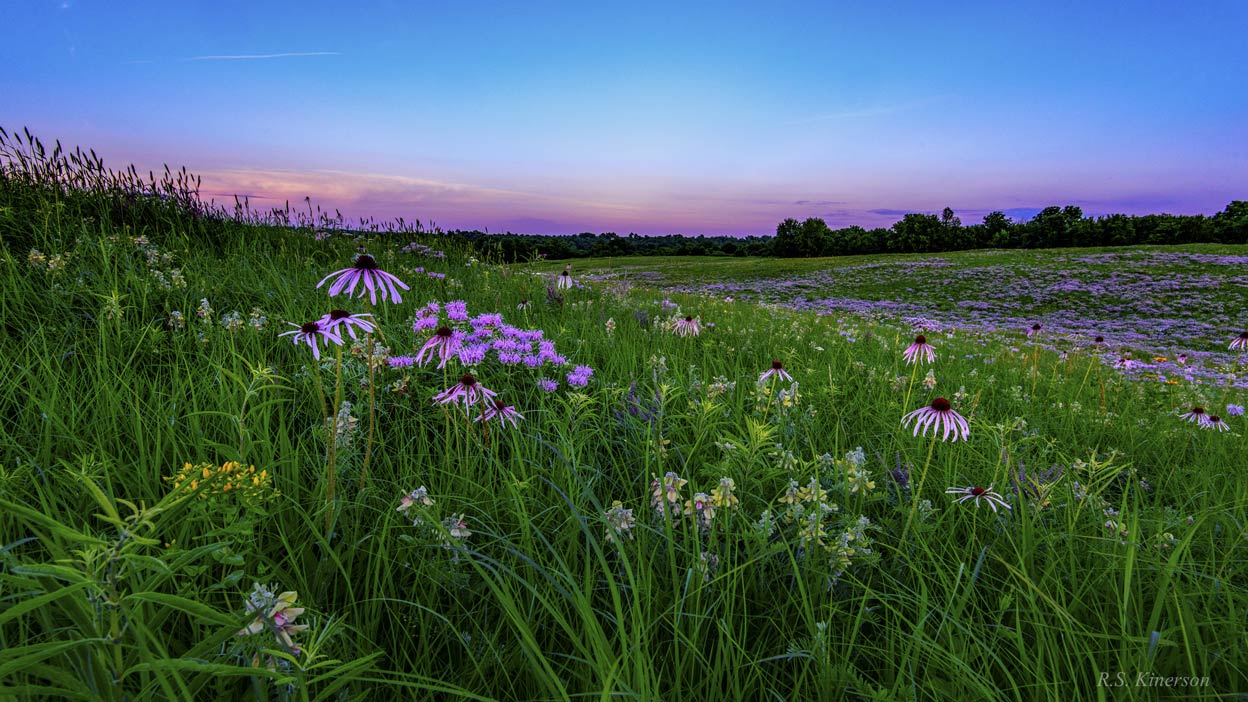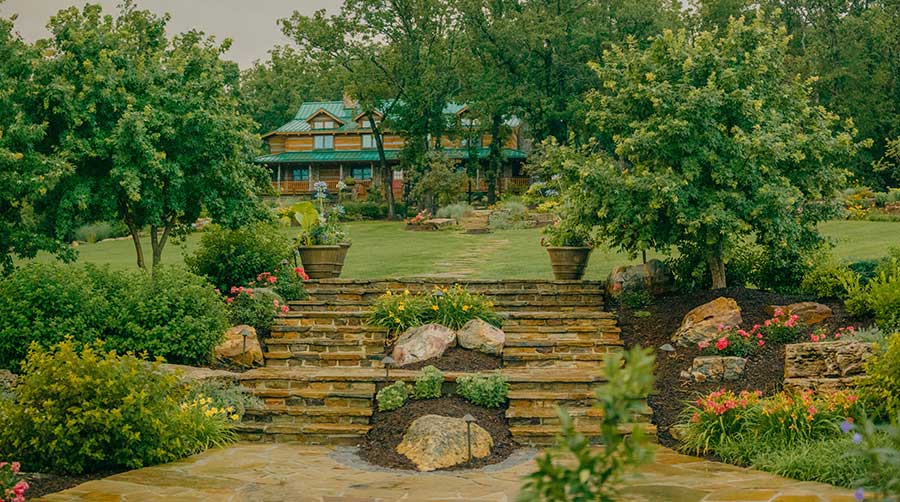This article is presented in partnership with Rost, Inc.
A natural landscape can mean different things to different people. Some see it as incorporating only native plants into the design, while others interpret it to mean more rustic and an extension of natural surroundings. Native plants thrive and reproduce in very specific environments that are more complex than can be recreated or maintained. Creating a landscape that is natural and blends with its surroundings, however, can be achieved through focusing on a “native-like” landscape, utilizing both native plants and cultivars to create a natural landscape that will thrive.
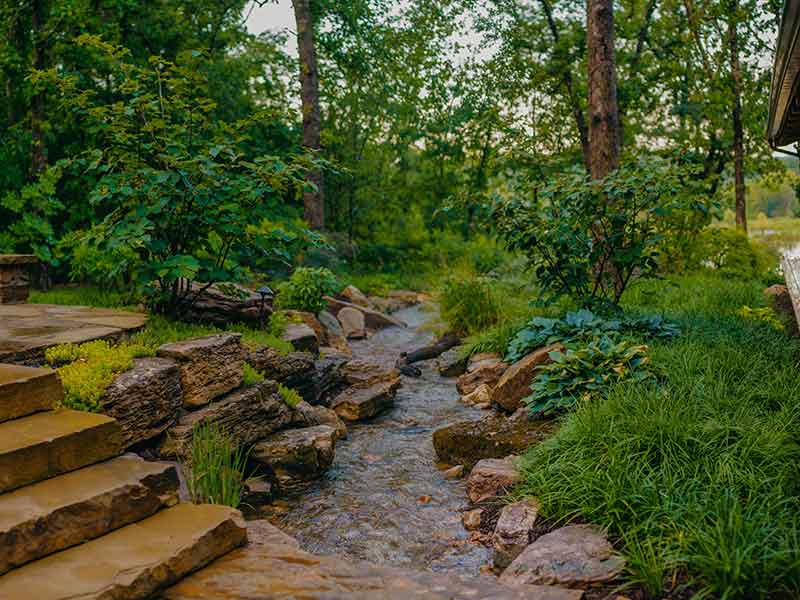
“Oftentimes what homeowners are really asking for is a more natural design vs. strictly using only true native plantings,” says Nate Anderson, a landscape designer with Rost Landscaping. “Native plants are not always the lowest maintenance option as they are often advertised as. They can be, if you can accept a truly native environment along with weeds and a sometimes dormant appearance during dry periods.
“Native plants are hardy, but they can also be vigorous growers that are hard to keep in bounds, and they are not always the most tidy or formal looking plants,” he adds. Plant breeders have been creating cultivars of native plants for years, and these cultivars are often better options. These plants were bred to be a more controlled form of the species, making maintenance for a residential landscape easier. The plants are more tidy, in general, and can even be more floriferous.

The goal when designing a natural-looking landscape is not to directly mimic the surroundings but to blend the landscape into its Missouri environment, taking inspiration from nature while combining different styles and translating that into an outdoor space. A successful design will have purposely placed plant and hardscape materials. Material choices can include Missouri-hardy plants, weathered mossy boulders, and rustic stone.
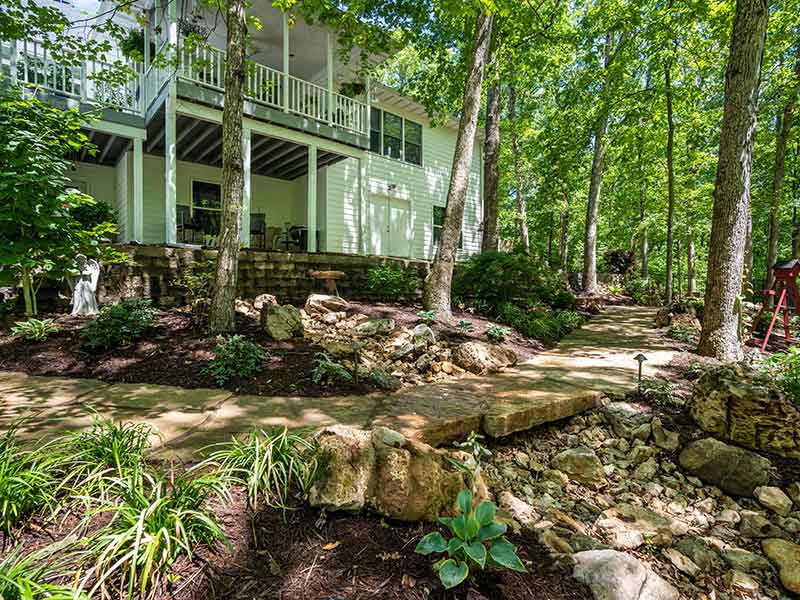
“When I think ‘natural,’ I think about organic bed shapes and plant masses with lots of variety,” Nate says. “Nothing in nature grows in a straight line, but it isn’t truly random either. The addition of boulders look great in a landscape, and it is truly an art form to place them. We want the boulders to look like they were there when we started, and we just planted around them.”
In making plant selections for a natural landscape, it’s important to consider that some native plants are hardy, but they can also be invasive, informal, and very limiting. Horticulturists have spent centuries breeding new cultivars that are superior to their native ancestor, not inferior.
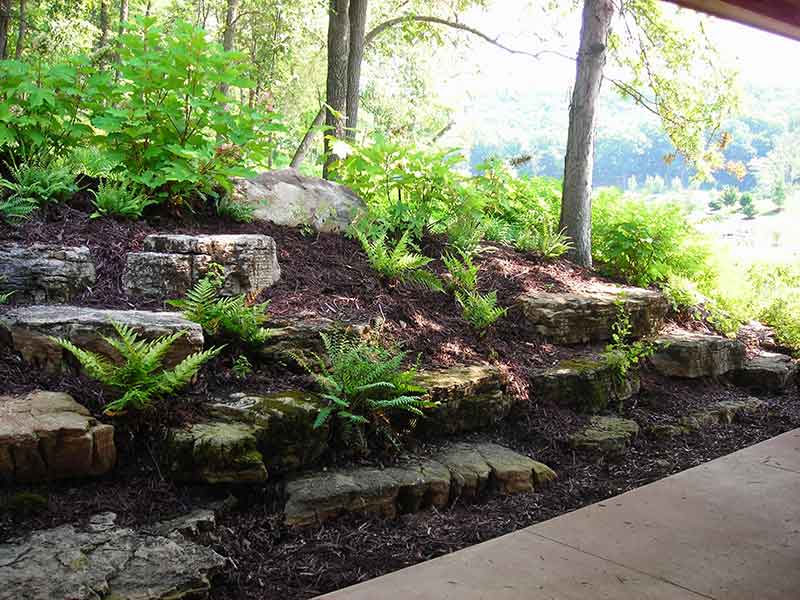
Some native plants can also require more water than the accepted ideal that they require less. If the landscape is a truly native environment, which comes with weeds and dormant appearance during dry periods, then yes. A true native landscape can also require more time and money to maintain to keep them aesthetically pleasing, and even then, they have seasons of beauty and seasons that aren’t quite so beautiful.
Whether using true native plantings or cultivars, it’s important to understand the maintenance required and to work within the existing environment and select plants that will enhance the desired look of the landscape.
Related Posts
Go Wild! Grow Native!
If you love gardening, you’ll love this plant sale, where five vendors will share all the reasons to prefer native plants, which are easier to care for and better for songbirds, pollinators, and the planet. Meet the native plant growers here.
Here’s Our Guide to Growing Native Plants
By landscaping with native Missouri plants, gardeners with the palest of green thumbs can enjoy such views just like the pros, all while knowing they’ve done their part to nurture complex ecosystems.
Timing is key with landscape maintenance
If you have thousands of dollars invested into your outdoor living space, it’s important to have a maintenance plan in mind. The life expectancy of a landscape changes drastically based on how it is maintained.

